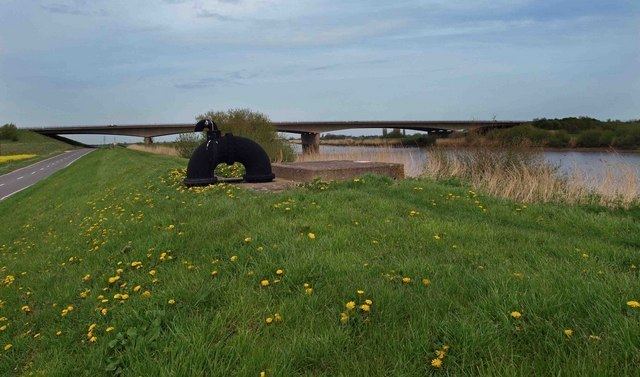Abbreviation BCSA Region served UK Type Trade association | Legal status Non-profit company Founded 1 April 1936 | |
 | ||
Formation April 1, 1936; 80 years ago (1936-04-01) Purpose Structural steel industry in the UK Location 4 Whitehall Court, Westminster, SW1A 2ES Similar Institution of Structural, Home Builders Federation, World Steel Association, TRADA, International Powered Access F | ||
The British Constructional Steelwork Association (BCSA) is a trade association for the constructional steelwork industry in the UK.
Contents
History
Britain built the world's first iron bridge in around 1780. Wrought iron construction of bridges in the UK was later pioneered by Isambard Kingdom Brunel (Clifton Suspension Bridge and Royal Albert Bridge) and Robert Stephenson, son of George (Newcastle's High Level Bridge). The first use of rolled steel in a steel-framed building in the UK was in a furniture emporium in County Durham in 1900. Steel from the Bessemer process was made in open hearth furnaces.
This led to five of the larger steelwork contractors in Manchester formng the Steelwork Society in 1908. Other similar groups formed around the country, such as the London-based British Steelwork Association in 1928, and the Tank and Industrial Plant Association. In 1936 these combined to form the British Constructional Steelwork Association.
Steel framed buildings were introduced into the UK in the 1890s and this was given a significant boost in 1909 by changes to the London Building Act which allowed the full benefits of a steel frame to be utilised in the Capital. One of the first buildings to take advantage of this was Kodak House on Kingsway. In the 1930s an important use of steel construction was the National Grid.
In 1931 the Steel Structures Research Committee recommended that there should be codes of practice in the steel construction industry, which led to BS 449. From the 1980s steel frame design was carried out to BS 5950. More recently this has been superseded by the structural Eurocodes.
During the Second World War the BCSA was consulted for the many military building projects, notably the Mulberry harbours in 1944. In 1962 it set up the Confederation of Associations of Specialist Engineering Contractors (CASEC) with the HVCA (now BESA) and the ECA. In 1967 it set up a legal advisory service. In the early 1970s it consulted with the Merrison Committee which created BS 5400, after some box girder bridges had collapsed (Cleddau Bridge in June 1970).
In the mid-1980s there was a resurgence in the UK steel construction industry with fabricated steel increasing from 700,000 tonnes in 1983 to 1 million tonnes in 1986, to 1.4 million tonnes in 1989. Output dropped to around 800,000 tonnes in the early 1990s but revived to reach 1.2 million tonnes by 1999, and 1.4 million tonnes in 2008. Output then fell by 30% to 2010, from where it has begun to pick up again.
Sarah McCann-Bartlett has been the Director General since 2011. The UK constructional steel market is worth around £3 billion per annum. The market share of non-domestic multi-storey buildings built with structural steel frames in the UK has remained consistently around 70% since the mid-2000s.
Structure
The main office is situated between Whitehall and the Victoria Embankment on Whitehall Court. It is accessed via Embankment tube station.
There is also an office in Doncaster, near to White Rose Way (A6182), off junction 3 of the M18.
Function
BCSA represents the British structural steel fabrication industry - building steelwork contractors and bridge steelwork contractors - to government and other industry bodies; it is, for example, a member of the Specialist Engineering Contractors Group.
It runs the Steel Construction Certificate Scheme, to which its members can apply to join.
BCSA audits its members annually to they are competent to undertake the type and size of project. They comply with CE Marking as required by law, are pre-qualified to PAS91, and are awarded mutual recognition under Safety Schemes in Procurement.
Publications
BCSA has produced many technical brochures and books on constructional use of steel.
In 1984 it produced BCSA News, which became Steel Construction in 1986. In 1991 it became New Steel Construction, and is published monthly. It started a website in 1996.
Awards
In 1969 BCSA set up the Structural Steel Design Awards scheme. Notable past recipients of this award have included:
More recent recipients have been:
